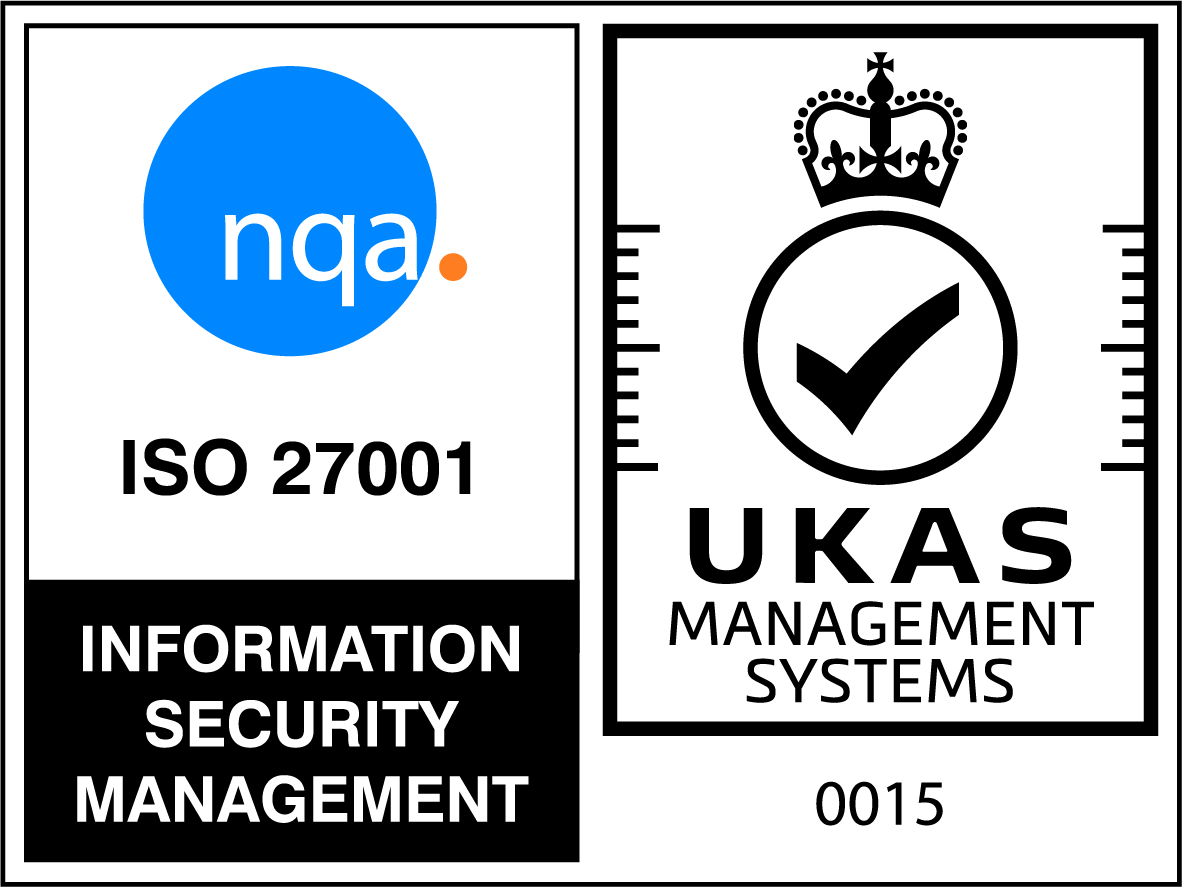Multimedia Client Case Study
OSSCube / Onepoint helps a leading premium mobile video on demand (VOD) service provider to significantly reduce the size and improve the quality of its Talend jobs.
Our client is a leading premium mobile VOD company serving over 7 million subscribers per quarter in emerging markets. The Company has successfully managed to secure a foothold in India, Indonesia, Malaysia, Thailand, Egypt and the United Arab Emirates, due to the outstanding efforts of its team of more than 350 employees. Its service spans 28 countries bringing a catalogue of content comprising over a million titles of regional films and TV shows. The company raised $13m in capital through Series D, led by a new investor, and has attracted more than $40m in investment to date. It differentiates its USP within the marketplace by means of the following value propositions:
- Its users enjoy over 2 billion minutes of videos each month via a unique, unbuffered viewing experience, regardless of network variability, across a range of devices from feature phones to smartphones.
- Their 15,000 sq. ft. center in India includes a mobile lab supporting 8,500 different mobile devices from over 200 manufacturers worldwide.
- It has implemented a convenient mobile payment solution for subscribers.
Business Drivers
Our client needed to integrate their internal systems with the growing number of regional mobile operators in order to support the needs of an expanding target audience. To provide a seamless user experience, the integrations needed to be stable and to meet the performance requirements. At the same time, onboarding new mobile operators should cause minimal or no disruption to existing services, while completing the process (including custom integration development). This has to be done within a minimal timeframe keeping the costs to a minimum.
The Challenge
Our client had chosen Talend ESB as the platform to provide the integration between its client base and the mobile operators, but were facing the following problems:
- An unstable production environment due to some memory leakage.
- Some of the integrations were not meeting the performance requirements.
- Inexperienced developers were not taking advantage of the features and capabilities of the Talend stack.
The Solution
One of our Talend experts went on site to assist the client in tackling their problems and have assisted in the following ways:
- Helping to monitor and debug their production system. This led to the identification of a bug within one of the software products of the Talend stack. Talend has subsequently taken steps to fix the bug within the following release.
- A review of the existing Talend jobs was followed by a report which highlighted the current design and implementation issues of the Talend jobs.
- The report also provided suggestions as to how to redesign the jobs and how the implementation issues could be resolved.
- A one-day training program was formulated for developers to educate them as to the best practices for effective Talend job design and implementation, using Talend’s full set of capabilities.
- We provided ways to recycle functionality across the Talend jobs spectrum to speed up the development process of new jobs and thus improve onboarding timescales.
The Outcome
We have been able to identify the software issue that was causing the problem in production. The problem, identified as a bug in one of the products in the Talend stack, was then reported back to Talend where the fix was planned within the subsequent product release.
With the trained developers and new suggestions for design and implementation, our client was able to significantly reduce the size and improve the quality of the Talend jobs.The conceptual data model served as a key enabler to define the common business vocabulary and the initial set of required data services.
Case Studies Category
Industry
Multimedia
Solution
Application Integration
Technology
Talend ESB
Service
Talend Enablement services


